

Max Davies
2026 Toyota HiAce review
2 Hours Ago

News Editor
A few years ago now, we looked at 10 of the most obscure Holdens. We were just scratching the surface.
UPDATE, 23/02/2025 – We first published this article on April 1, 2024, and we’re re-publishing it as five years (and a few days) ago General Motors announced it was shuttering the Holden brand
General Motors’ Australian brand had a reputation for importing vehicles for a single generation – case in point, the rebadged Isuzu Piazza, Opel Tigra and Chevrolet Volt covered in that article.
It also was known for developing homegrown obscurities of its own, like the One Tonner Cross6 and Brougham.
Here are five more vehicles from the brand’s 72-year history that were either short-lived or commercial flops – or both.
There was once a manual Statesman, but this was no HDT/HSV-fettled sports sedan.
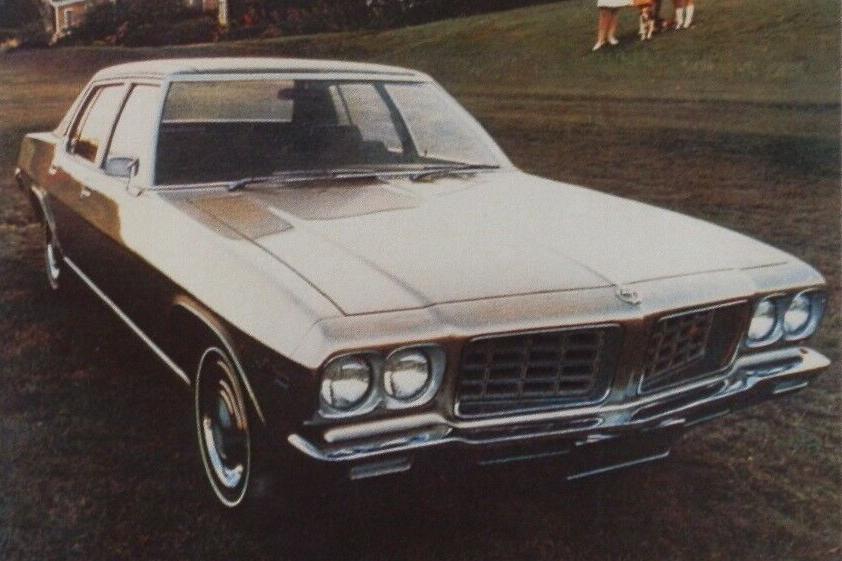
The first Statesman, the HQ, debuted in 1971. It replaced the Brougham, a rather half-arsed attempt at a flagship Holden sedan that ironically had more of an arse. Holden simply took the Premier and gave it a longer rear overhang, without increasing wheelbase length or even changing the front-end styling.
The Statesman – not the Holden Statesman, I should add, as General Motors-Holden marketed it as its own marque – was launched in Custom and de Ville guise.
Custom was actually the name given to the base Ford Fairlane, which the Statesman had been developed to tackle head-on.
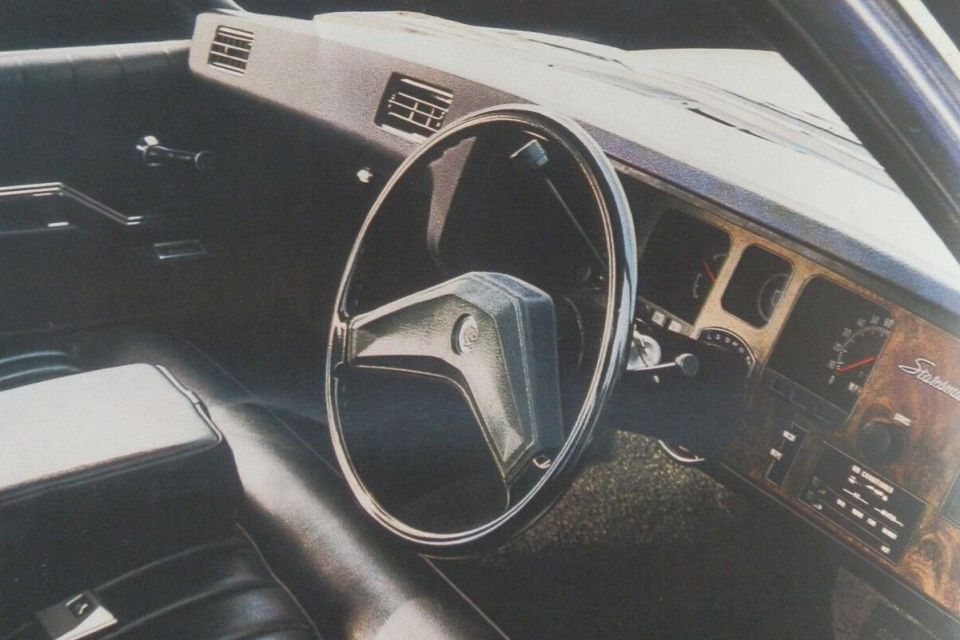
Though the Brougham had been offered exclusively with an automatic transmission, Holden offered the base Statesman with a column-mounted three-speed manual transmission, also known as a three on the tree.
It wasn’t completely unorthodox, as the rival ZF Fairlane also offered a three-speed manual in base Custom guise.
The Custom was available with both 202 cubic-inch (3.3-litre) six-cylinder and 253 cubic-inch (4.1-litre) V8 engines, and both of these could be had with the three-speed manual.
You could opt for a floor-mounted four-speed manual, or a three-speed automatic transmission. The latter could be had either with a column shifter, or situated on a floor-mounted console coupled with front bucket seats that replaced the standard bench.
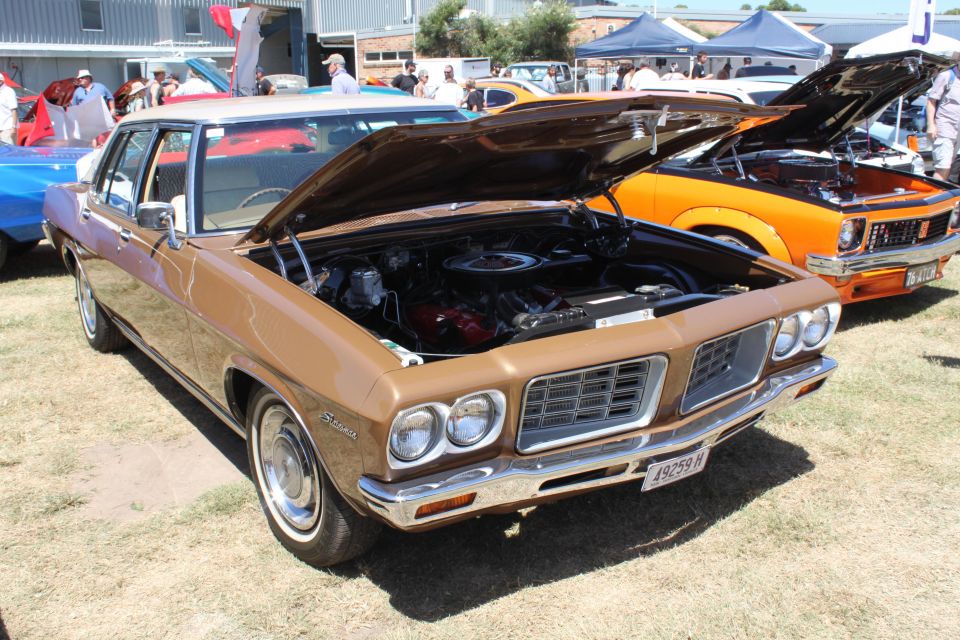
Recirculating ball steering was standard, though you could opt for the variable-ratio power steering that came standard in the flossier de Ville.
The Statesman Custom could even be had with a 350 cubic-inch (5.7-litre) V8 engine, however this came exclusively mated with a three-speed automatic.
In the Statesman, the Custom trim meant vinyl seats and a front bench, with optional Raydo nylon weave cloth inserts; the de Ville also came standard with vinyl, but you could at least opt for cloth, while bucket seats were standard.
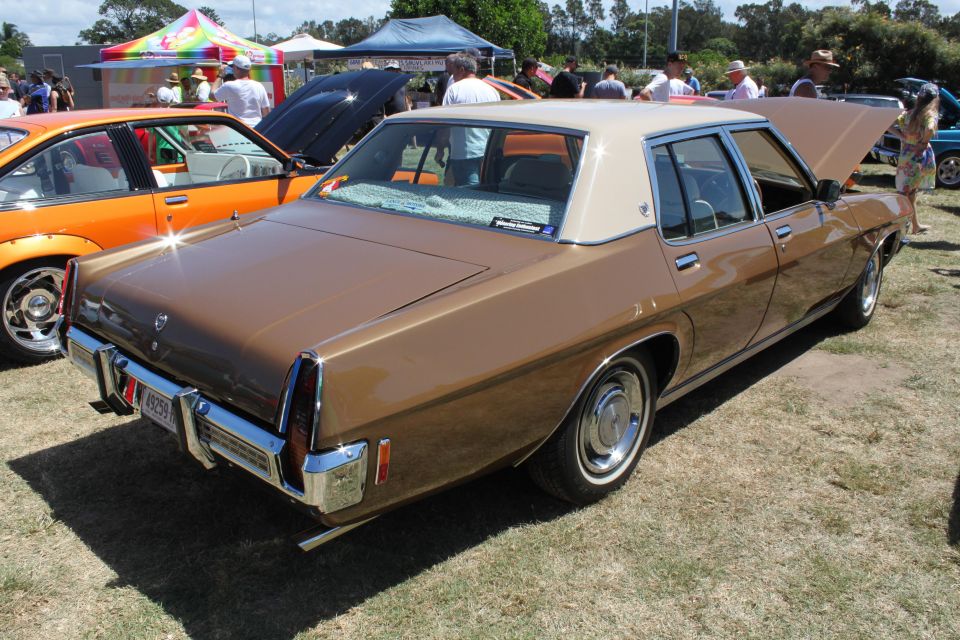
The de Ville was also distinguished by its standard vinyl roof – an was option on the Custom.
The three-pedal Statesman and Fairlane Custom models expired around the same time. The Fairlane manual was dropped with the 1973 ZG update, and with the HJ Statesman of 1974, Holden retired the base Custom and instead added a new, top-spec Caprice.
The Statesman would never be offered again with a manual transmission, even when HSV came along to take a crack at it.
Diesel-powered small cars had become fairly common in Europe by the 1980s, but in Australia they were exceedingly rare.
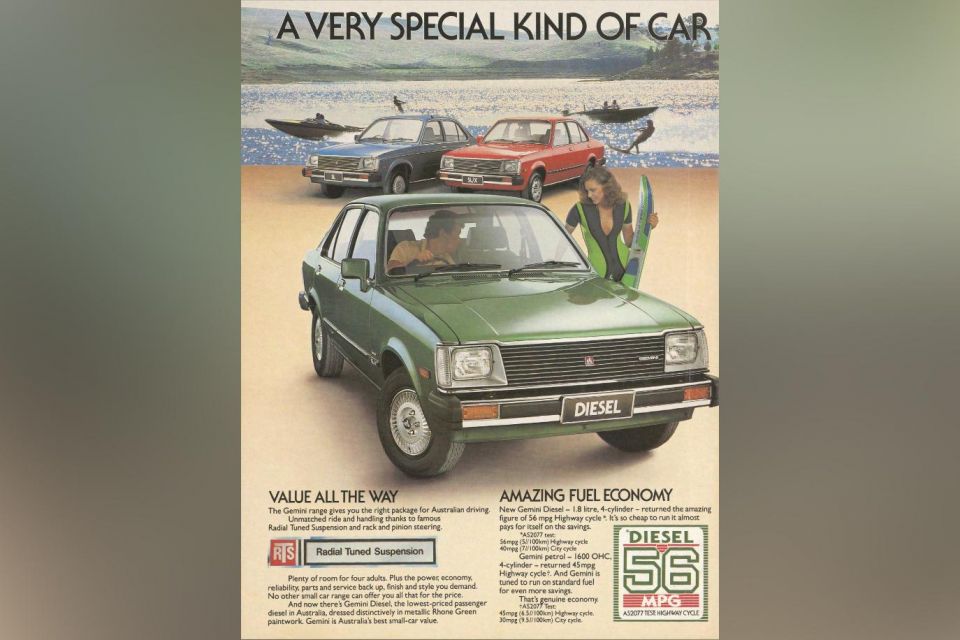
Volkswagen offered a diesel-powered Golf, but otherwise oil burners were the domain of four-wheel drives and commercial vehicles.
Holden never saw a niche market it didn’t want to enter at least once, though, so along came a diesel-powered Gemini in 1981.
Under the bonnet was a naturally aspirated, overhead cam 1.8-litre four-cylinder diesel engine that was doing duty in the Holden Gemini’s Japanese-market cousin, the Isuzu Gemini.
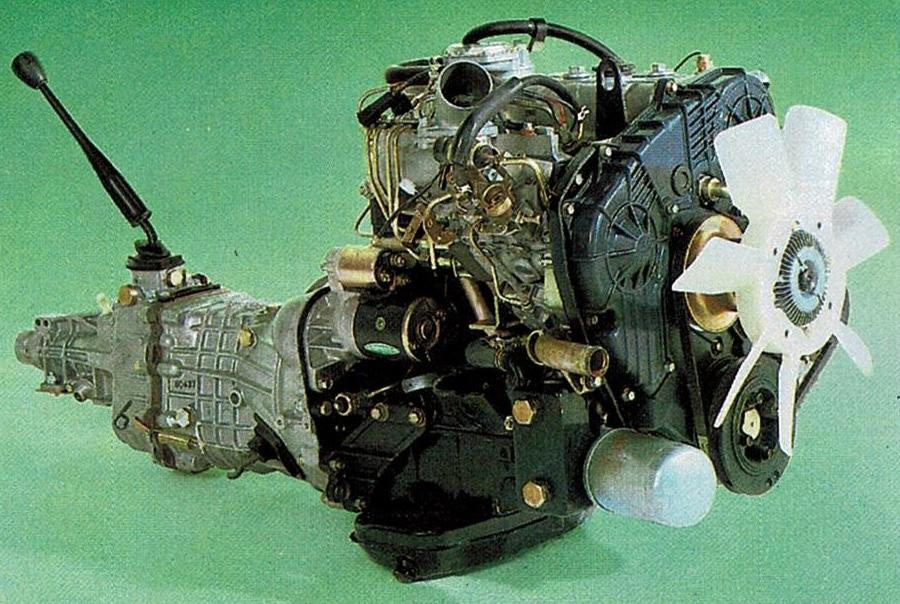
Introduced in Japan in 1980, this produced just 40kW of power and 105Nm of torque, and was mated exclusively with a five-speed manual transmission.
Holden offered it in just one highly specified SL/X sedan variant, with the diesel carrying a $1000 premium over the standard 1.6-litre petrol. But it still massively undercut the Golf diesel, with Volkswagen asking for another $3000 or so over the price of the Holden.
The company claimed highway fuel economy was just 5L/100km and city fuel economy 7L/100km – improvements of 1.5L/100km and 2.5L/100km, respectively, over the petrol.
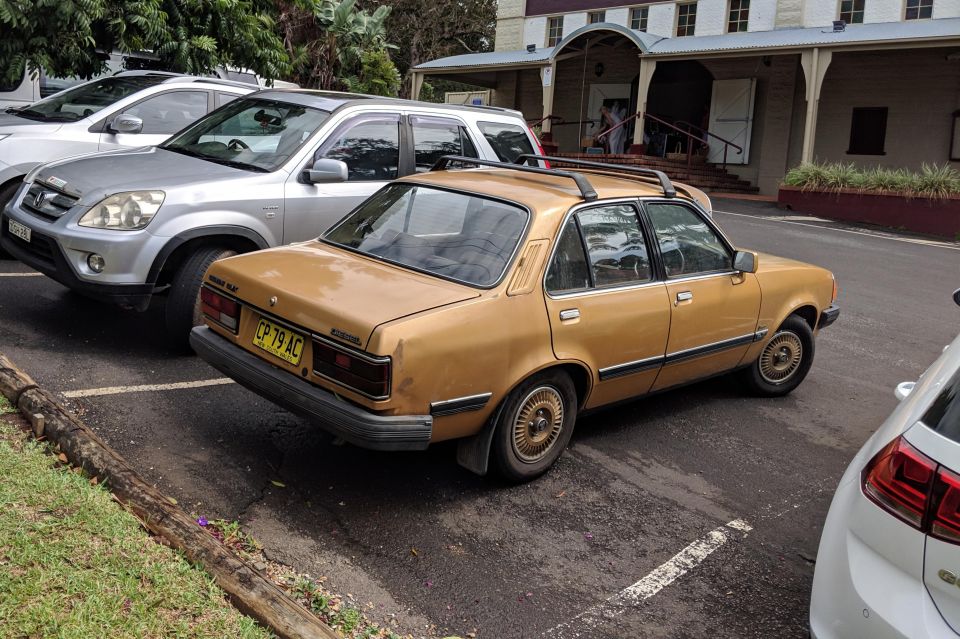
It was bog slow, though. Contemporary reviews published 0-100km/h times of around 24 seconds, around 10 seconds slower than a petrol model – blame not only the lower outputs of the diesel engine, but also the 172kg increase in weight.
The Gemini diesel never really spurred rival brands to offer oilers of their own, and petrol prices would come down during the 1980s as the OPEC oil crises became distant memories. The small car segment eventually saw a meaningful number of diesel contenders here in the 2000s, but this diesel boom was followed by a bust.
The TE update of 1979 had brought more squared-off styling to the Gemini that was rather Commodore-like, though the wagons had carryover sheetmetal behind the A-pillar. The coupe also received more squared-off styling, but Australia would never see it.
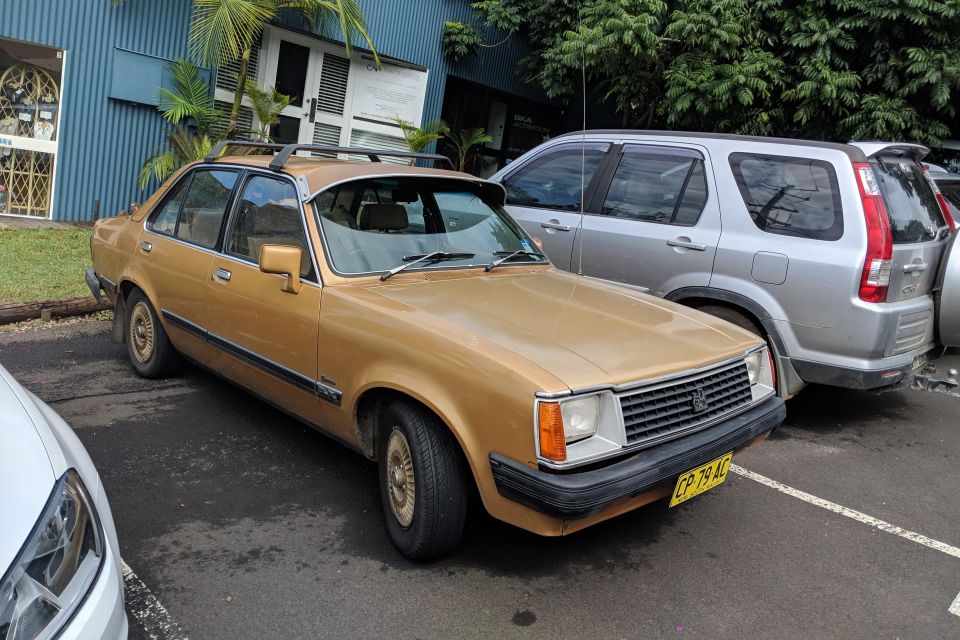
There would be two more updates of the rear-wheel drive Gemini, which by the the 1980s was showing its age – the model had debuted in 1975, though its global GM T-Car underpinnings dated further back to 1973.
There was a minor facelift, called the TF, in 1982, followed by another – the TG – in 1983. With each update, the Gemini looked more and more like the larger Commodore, down to the ribbed tail lights, but sales continued to decline as more modern front-wheel drive rivals like the Ford Laser rose in popularity.
The diesel, which continued to be offered, was slow and smelly, but surely this spicy-looking model TG variant was more exciting? Well, it was faster, but it was no faster than regular Geminis.
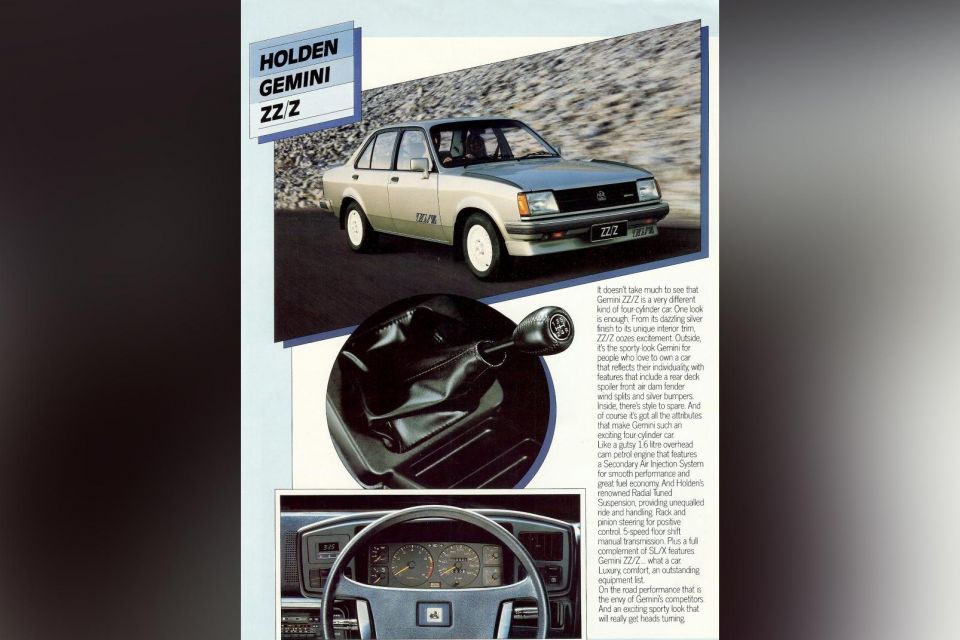
A sporty-looking (but similarly no more powerful) version of the contemporary Camira called the SJ, which borrowed a name from Pontiac who in turn borrowed from Duesenberg, was mockingly referred to by some as the “Standing Joke”. That was a bit of a stretch, but with this tarted-up Gemini’s moniker, Holden left the door wide open to mockery.
It was called the ZZ/Z. Yes, like a sleeping comic strip character.
What makes this all the more galling was the fact the Japanese-market Isuzu Gemini was offered in an array of ZZ-badged variants that packed a fuel-injected 1.8-litre four.
Not the Holden. It used the same carbureted 1.6-litre four with 49kW of power and 106Nm of torque as lesser Geminis. That meant the various add-ons – unique front and rear spoilers, alloy wheels, a tachometer, and fender-mounted ‘wind splitters’ – were writing cheques the car’s performance just couldn’t cash.
It wasn’t around for long. Holden shuttered its Acacia Ridge plant in Queensland in 1984, and with it went the rear-wheel drive Gemini. As for its short-lived replacement, that’s a story for another day.
With the folding metal hardtop convertible craze of the 2000s, brands such as Mitsubishi and Peugeot all introduced droptop versions of their light hatchbacks. Rewind to the late 1990s, however, and there was no activity in this segment in Australia.
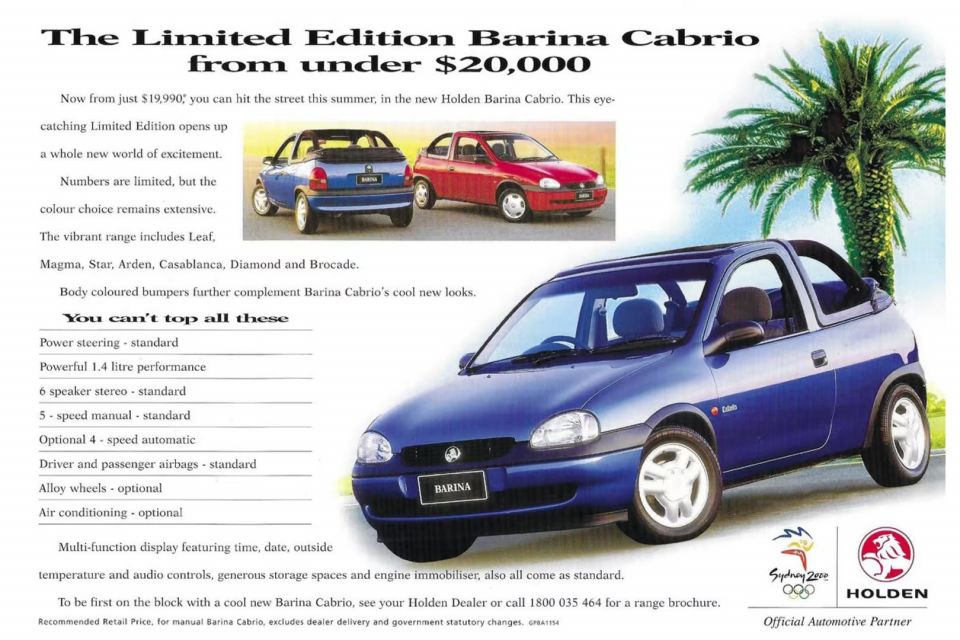
You could step up to a Peugeot 306 or Volkswagen Golf convertible, though, or literally step up to a high-riding Suzuki Vitara. But if you wanted something Barina-sized, you were out of luck.
Holden saw an opportunity here.
From November 1997 until late 2000, it imported three-door Barina hatchbacks from Spain and had HSV convert them to convertibles in Melbourne.
Back in Europe and the UK, the Opel and Vauxhall Corsa – as the Barina was known there – also received a limited-run cabriolet version with an almost identical roof design; reportedly just 100 Vauxhall Corsa Cabriolets were sold in the UK.
The Australian-market Barina Cabrio was priced from $19,990 before on-road costs with a five-speed manual, the same as the cheapest Vitara convertible, or $21,580 before on-roads with the optional four-speed auto.
That was $5500 more than the entry-level Barina City hatch, though the Cabrio did at least come with body-coloured bumpers, an immobiliser and power steering as standard.
Launched shortly after a mid-life update for the SB Barina, it came with the same 60kW/114Nm naturally aspirated 1.4-litre four-cylinder engine; Holden had mercifully axed the gutless 1.2-litre base engine with the update.
Barina Cabrio advertising heavily targeted young female buyers, with one ad seeing an animated female protagonist use her car to fix her hair.
Contemporary reviews found body rigidity didn’t suffer following the loss of the Barina’s roof, thanks in large part to a ‘basket handle’ rollbar. While that was a good idea from a safety point of view, it meant aesthetically the Barina Cabriolet was rather awkward; the cheapo looking soft top didn’t help matters here, either.
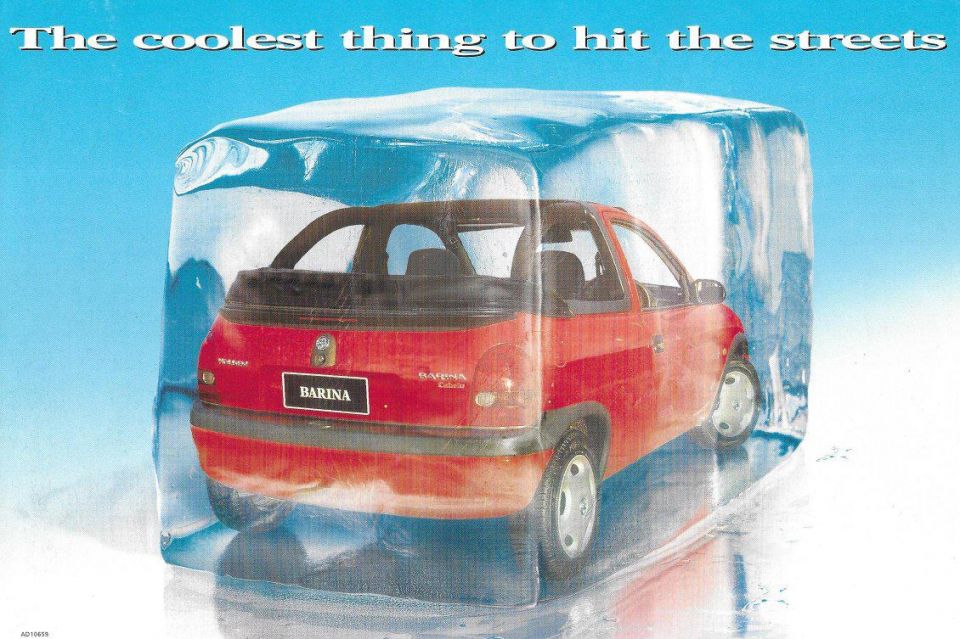
It was a shame as the donor car was one of the most attractive vehicles in its segment in the 1990s.
Holden sold 11 in 1997, rising to 294 units in its first full year on sale. But sales dropped to 152 in 1999 and then 123 in 2000, before the Barina Cabriolet was dropped.
It was retired before the new XC Barina launched in 2001. However, this subsequent generation of Barina/Corsa spawned a folding hardtop convertible spinoff, the Tigra, which was built by Heuliez and exported to markets like ours.
The cabriolet is almost certainly the rarest body style of this generation of SB Barina/Corsa B.
The Barina/Corsa was also offered in markets like Latin America and China under the Chevrolet and Buick brands, and spawned four-door sedan, five-door wagon and even two-door ute body styles, with production finally ending in 2016 with the death of the Brazilian Chevrolet Classic sedan.
General Motors is launching the full-size GMC Yukon Denali SUV in Australia during 2025, but this won’t be the first time it has fielded a huge American SUV here.
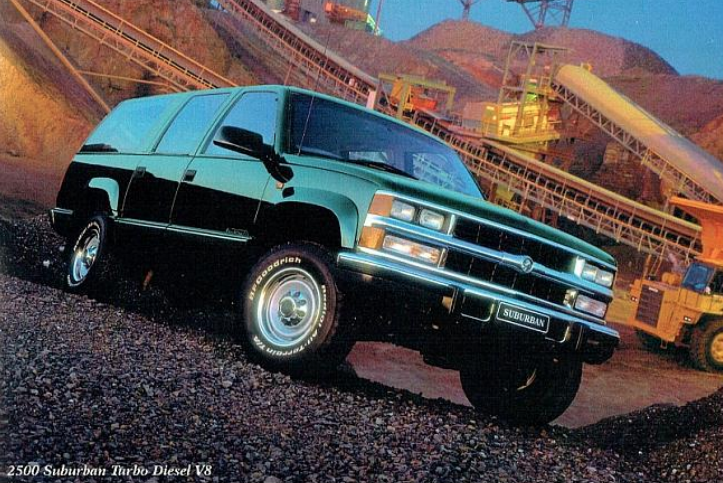
The GMC Yukon and Yukon XL are closely related to the Chevrolet Tahoe and Suburban, and it was the latter that Holden chose to import here back in 1998.
At the time, the Tahoe/Yukon weren’t offered with a third row of seating, which perhaps explains why Holden brought the jumbo-sized Suburban here.
At 5575mm long and 1948mm wide on a 3340mm wheelbase, the Suburban was 685mm longer (if only 8mm wider) on a 490mm longer wheelbase than a 100-series LandCruiser. At 2540kg (kerb), it was also around 180kg heavier than a LandCruiser GXL.
Holden was well aware of how massive the Suburban was, giving its press fleet vehicles number plates that included the word ‘HUGE’.
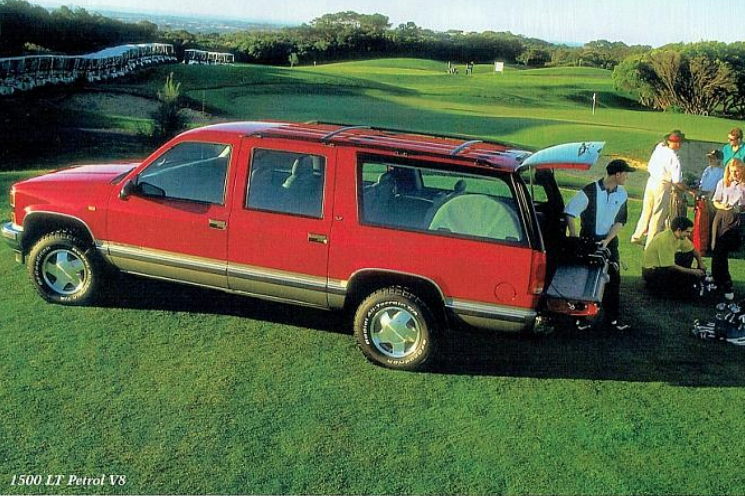

Sourced from Mexico, the Suburban was offered here in 1500 and heavier-duty 2500 guise – both with base, LS and LT trim levels. Only the LT had a conventional upward swinging tailgate, with the others featuring barn doors.
The 1500 had a naturally aspirated 5.7-litre Vortec petrol V8 producing 190kW and 447Nm, while the 2500 was offered exclusively with a 6.5-litre turbo-diesel V8 with 145kW and 583Nm.
Both used a four-speed automatic transmission, but the 2500 used a different unit called the 4L-80E. It also featured beefier brakes and heavy-duty suspension, plus a higher ride height and a wider track.
Braked towing capacity was also bumped up from 2720kg to 3400kg, while the 2500’s gross vehicle mass (GVM) was 3900kg – up from 3311kg.
All models featured a live rear axle with leaf springs, plus a rear limited-slip differential and shift-on-the-fly part-time four-wheel drive with selectable low-range gearing. No locking differentials were offered.
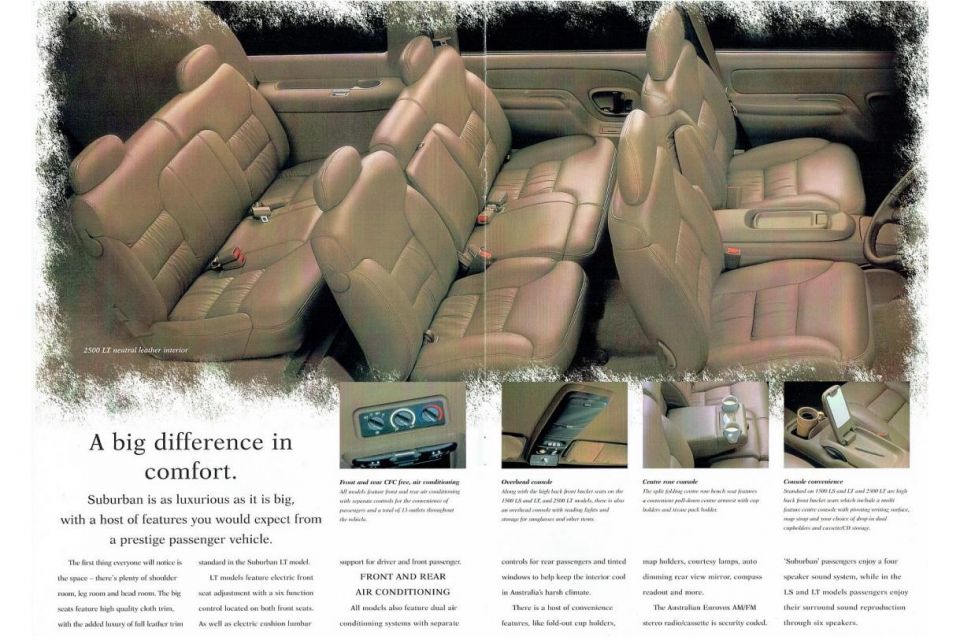
Holden said it performed local tuning of the Suburban, and fitted it with unique Bilstein gas shock absorbers. But this still had the cushy, comfortable ride, spongy brake pedal and vague steering you would expect of a jumbo American truck, though critics praised the smooth, effortless powertrain.
The third row seated three occupants and was removable, though it was saddled with lap belts. It wasn’t the only disappointing safety lapse. Dual airbags were becoming increasingly common in the late 1990s, but the Suburban only had a driver’s airbag.
All up, the Suburban had seating for eight in most variants, with the base petrol and diesel and diesel LS swapping the front bucket seats for another bench and bumping seating capacity up to nine.
As with almost all North American GM products from the mid-1990s, the Suburban had a cheap-looking, plasticky interior. Though it was built in right-hand drive at the factory and not converted later, contemporary reviews still spoke of trim gaps and rattles.
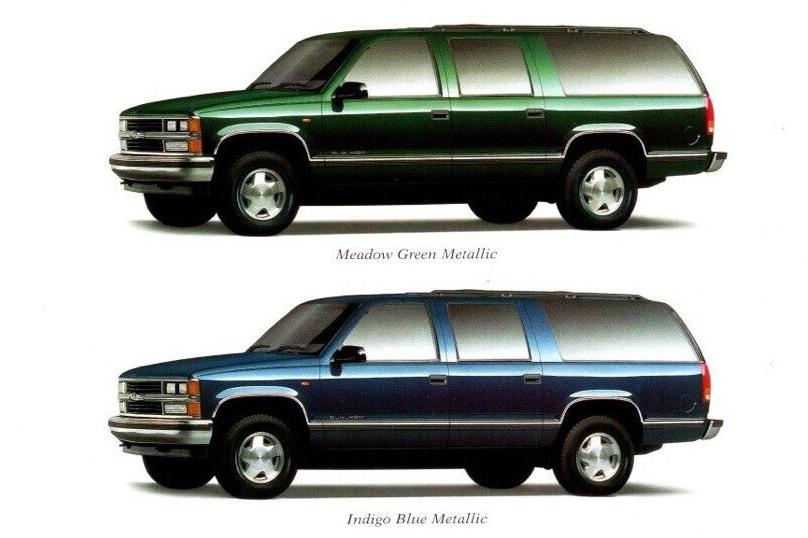
There were also some things that weren’t changed with the conversion, like third-row access being from the driver’s side and not the kerb side, the driver doing without a footrest, and a centre console opening the “wrong” way.
Launched in 1998, the Suburban was extremely short-lived. The axe fell in 2000, and just 746 were sold during its brief run here.
While those paltry sales figures would appear to be the cause of the Suburban’s demise, this GMT-400 generation had been launched in North America all the way back in 1991, derived from a pickup truck launched in 1987.
A replacement GMT-800 generation was launched in North America in 2000, but it and its close relations – the Chevy Tahoe, GMC Yukon and Yukon XL, and Cadillac Escalade and Escalade ESV – would all be built exclusively in left-hand drive.
I know that photo of the Holden Epica put you to sleep, but wake up!
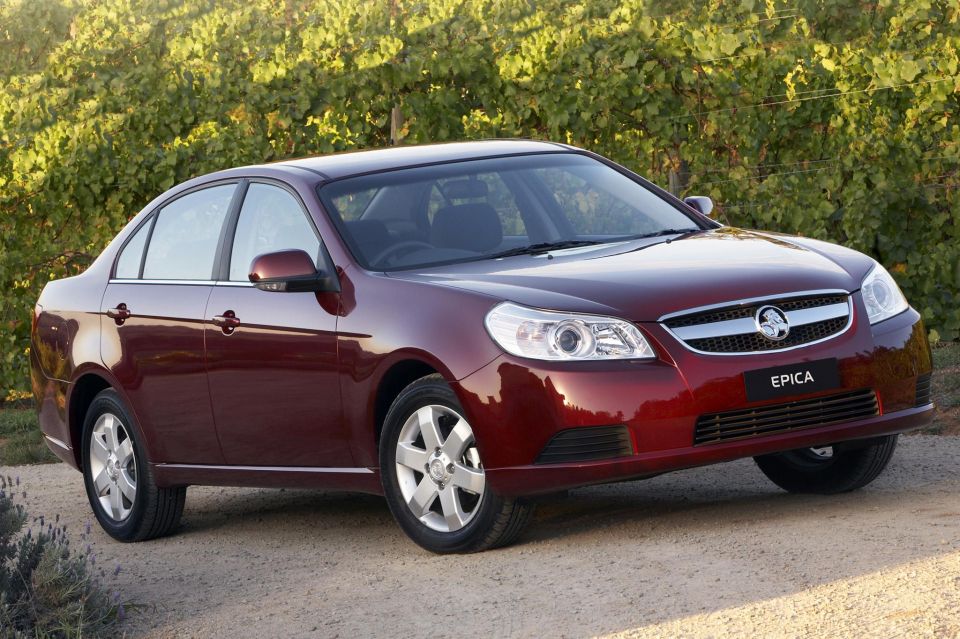
You may be thinking there’s surely nothing interesting about this blandly styled, Korean-built mid-sized Holden, right? It was a car tailor-made for witness protection, with a ClipArt design that makes it look like a generic vehicle in a Yellow Pages ad (remember those?).
Peek under the bonnet, however, and there’s one thing – perhaps the only thing – interesting about it: the inline six-cylinder engine developed in collaboration with Porsche.
Yes, that’s right: an inline six, transversely mounted in a front-wheel drive car – far from a common configuration.
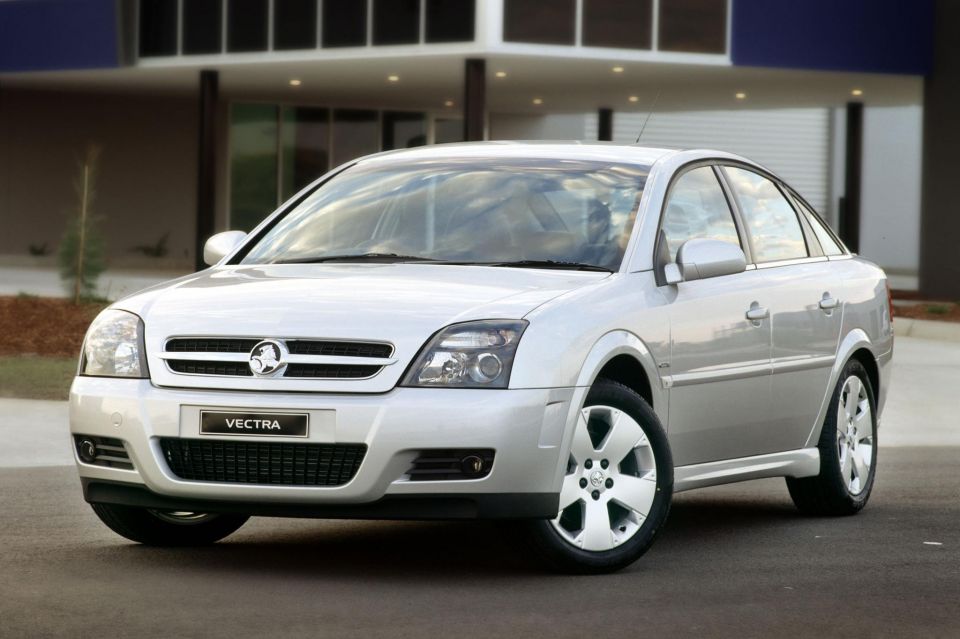
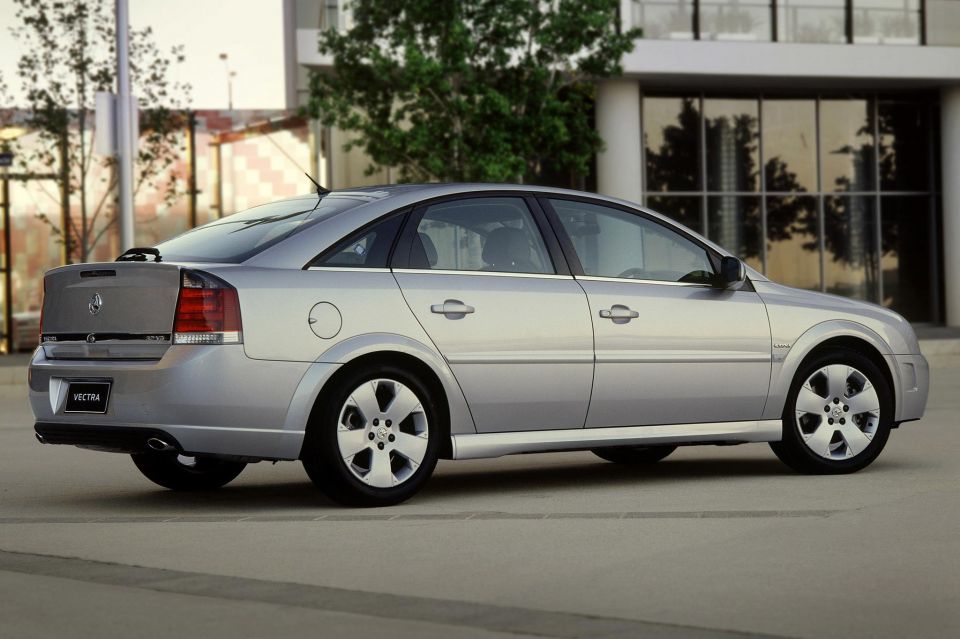
In the 2000s, Holden decided to drop some of its models sourced from Opel in favour of Korean models it could sell cheaper – the XC Barina, a critically acclaimed rebadged Opel Corsa, for example, made way for a rebadged Daewoo Kalos known as the TK Barina.
This trio of Korean rebadges also included the Viva hatch, sedan and wagon, a rebadged Daewoo Lacetti slotting in under the Astra as a more affordable model; and the Epica, a mid-sized sedan sold in Korea as the Daewoo Tosca, which replaced the Vectra.
Vectra sales had trailed off from their late 1990s heights, and despite price cuts they didn’t recover. Continued price cuts clearly weren’t going to be sustainable, so Holden instead dropped it in 2006, with the Epica arriving in 2007.
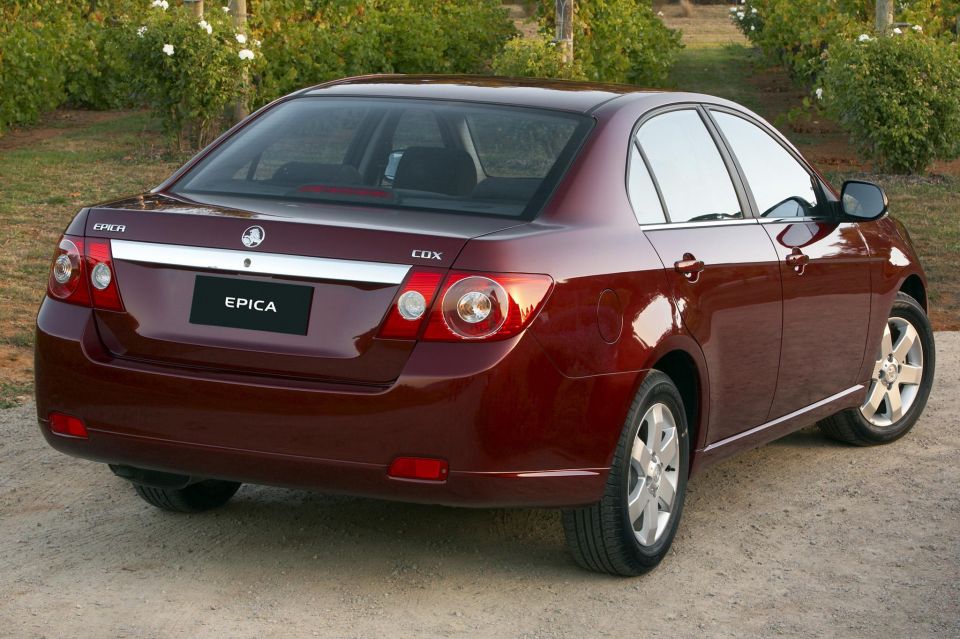
At launch, the CDX manual opened the range at $25,990 before on-road costs. That was a whopping $9000 less than the base price of the ZC Vectra range when it had debuted in 2003.
But where the Vectra had been designed to target the likes of Volkswagens, the European Ford Mondeo, and even premium-brand entries from Germany, the Epica – as with the rest of the Korean Holdens – aspired to adequacy.
The Epica was pitched directly at the Toyota Camry, but unusually it launched with a pair of double overhead cam inline sixes. This was a segment where four-cylinder petrol engines dominated, and if you were lucky there was a petrol V6 or a turbo-diesel four.
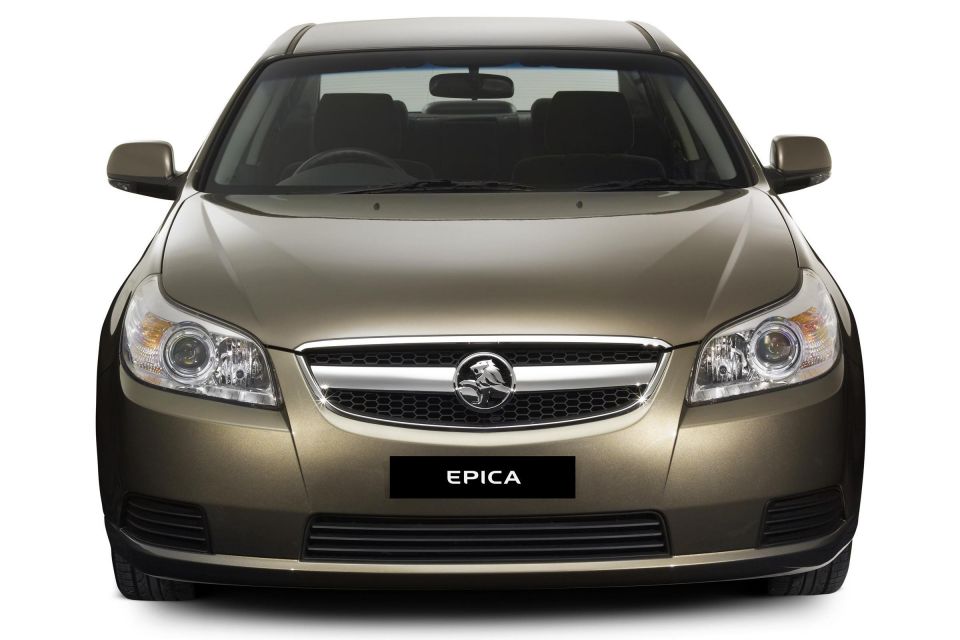
These engines had been developed at Daewoo under its then-chief engineer Ulrich Bez, formerly of BMW and later the CEO of Aston Martin. Designed for the Epica/Tosca’s predecessor, the Magnus, Porsche engineers were brought in to consult.
The base 2.0-litre produced 105kW of power and 195Nm of torque, mated with a five-speed manual, while the 2.5-litre bumped those outputs up to 115kW/237Nm and came exclusively with a five-speed automatic sourced from Aisin.
But while Holden did some local tuning, it came late to the Epica program. The car itself was an evolution of the Daewoo Leganza-replacing Magnus, which entered production in 2000, so it was a retrograde (if cheaper) step from the Vectra.
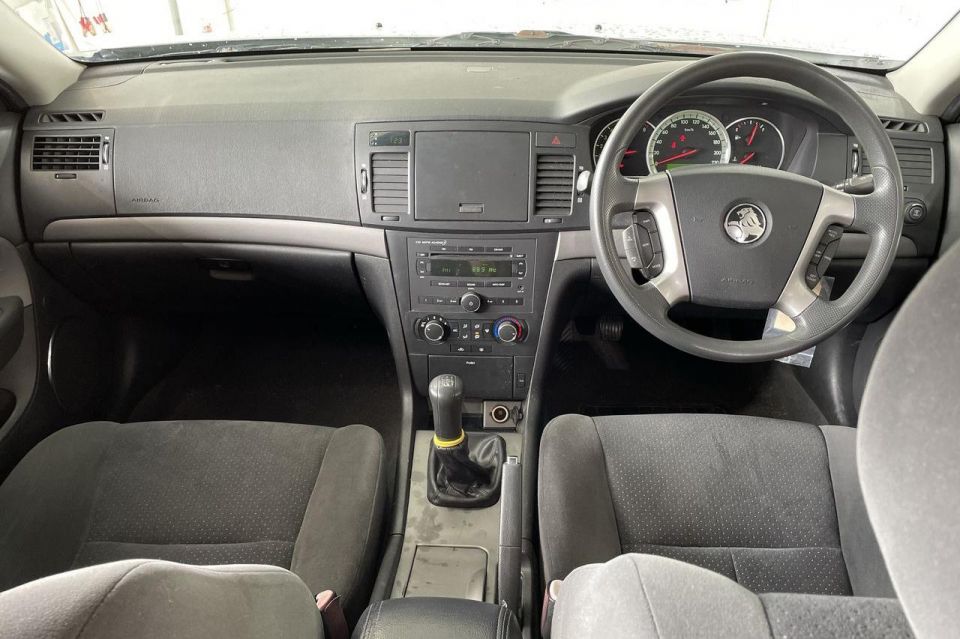
Surprisingly, claimed fuel economy for both engines bested the rival Camry. Holden claimed combined cycle consumption of 8.2L/100km with the 2.0-litre and 9.3L/100km with the 2.5-litre, against Toyota’s claim of 9.9L/100km for its Camry (itself merely matching the V6-powered Toyota Aurion).
Reviews at the time found the Epica’s powertrains to be unsurprisingly smooth but ultimately lacking in grunt, its ride comfortable, and its dynamics to be composed if uninspiring.
The 2.0-litre lasted around a year. In 2008, Holden gave the Epica facelift with a bolder look – I said bolder, not bold – as well as more safety kit and a six-speed auto. The 2.0-litre got the axe, with the 2.5-litre repositioned as the base engine and an optional 110kW/320Nm 2.0-litre turbo-diesel four joining the range.
Despite a $2000 premium over the petrol, the diesel also slid (just) under the $30,000 barrier – several thousand less than a diesel Mondeo or Passat.
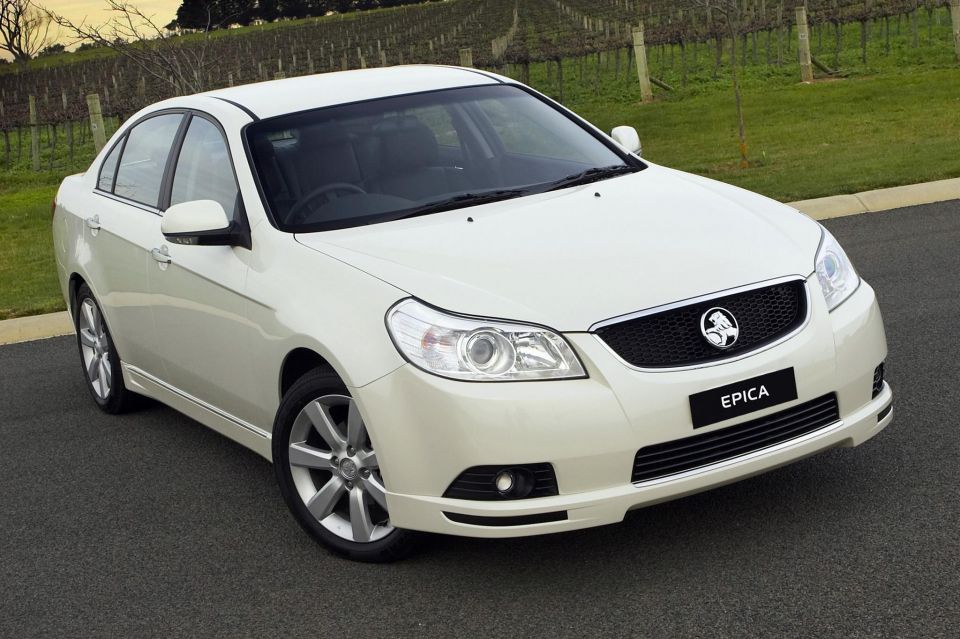
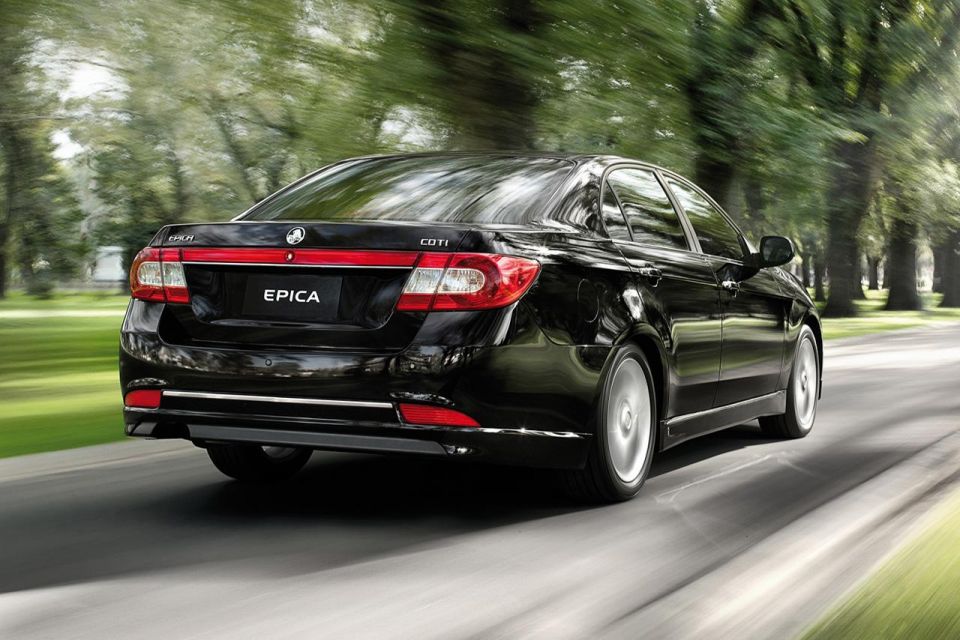
But though the Epica offered sharp pricing that undercut the Camry and had even debuted with a 30-day money-back guarantee, it sold no better than the ZC Vectra. In 2007, Holden sold 3108 examples; for context, it sold 3496 Vectras in 2004 and 3012 in 2005.
Sales continued to slide each year, even with the new diesel option. Holden sold just 997 examples in 2011, the year it swung the axe; Korean production was ending anyway.
Then-chairman Mike Devereux admitted the Epica wasn’t the car the brand needed to battle the Camry. The Malibu came to replace it in 2013, but it didn’t turn out to be the car to battle the Camry either, with annual sales hovering in the 1000-1600 range.

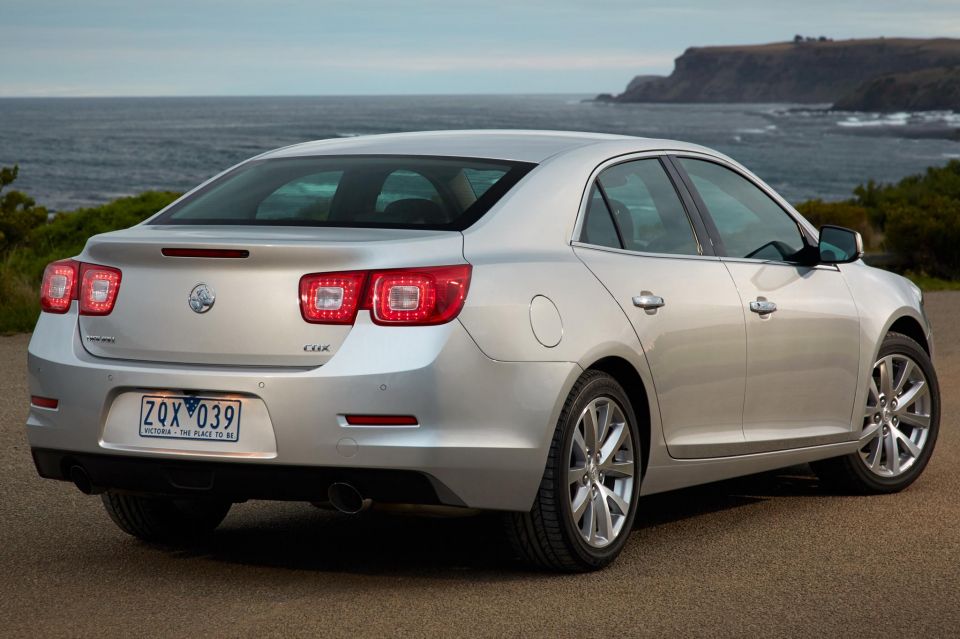
This new, much more boldly styled mid-sized sedan was also sourced from Korea and offered a choice of petrol or turbo-diesel four-cylinder engines.
But it was entirely unrelated, developed primarily for the North American market and riding GM’s Epsilon II platform, as used by the Opel Insignia which would later be offered in Holden showrooms.
Alas, Holden never seemed to be able to launch a mid-sizer that could outsell the Camry, even when it sold an actual Toyota Camry, the Apollo. Everything seemed to get lost in this vortex between the brand’s small car offering and the Commodore, from the too-expensive Vectra to the too-cheap Epica.
MORE: 10 Holdens you may have forgotten about MORE: 10 Fords you may have forgotten: Part I MORE: 10 Fords you may have forgotten: Part II MORE: 10 Mazdas you may have forgotten about: Part I MORE: 10 Mazdas you may have forgotten: Part II MORE: 10 Nissan and Datsun vehicles you may have forgotten: Part I MORE: 10 Nissans you may have forgotten: Part II MORE: 10 Chryslers you may have forgotten about
Where expert car reviews meet expert car buying – CarExpert gives you trusted advice, personalised service and real savings on your next new car.
William Stopford is an automotive journalist with a passion for mainstream cars, automotive history and overseas auto markets.


Max Davies
2 Hours Ago


William Stopford
18 Hours Ago


Ben Zachariah
19 Hours Ago


Derek Fung
19 Hours Ago


Matt Campbell
1 Day Ago


William Stopford
2 Days Ago